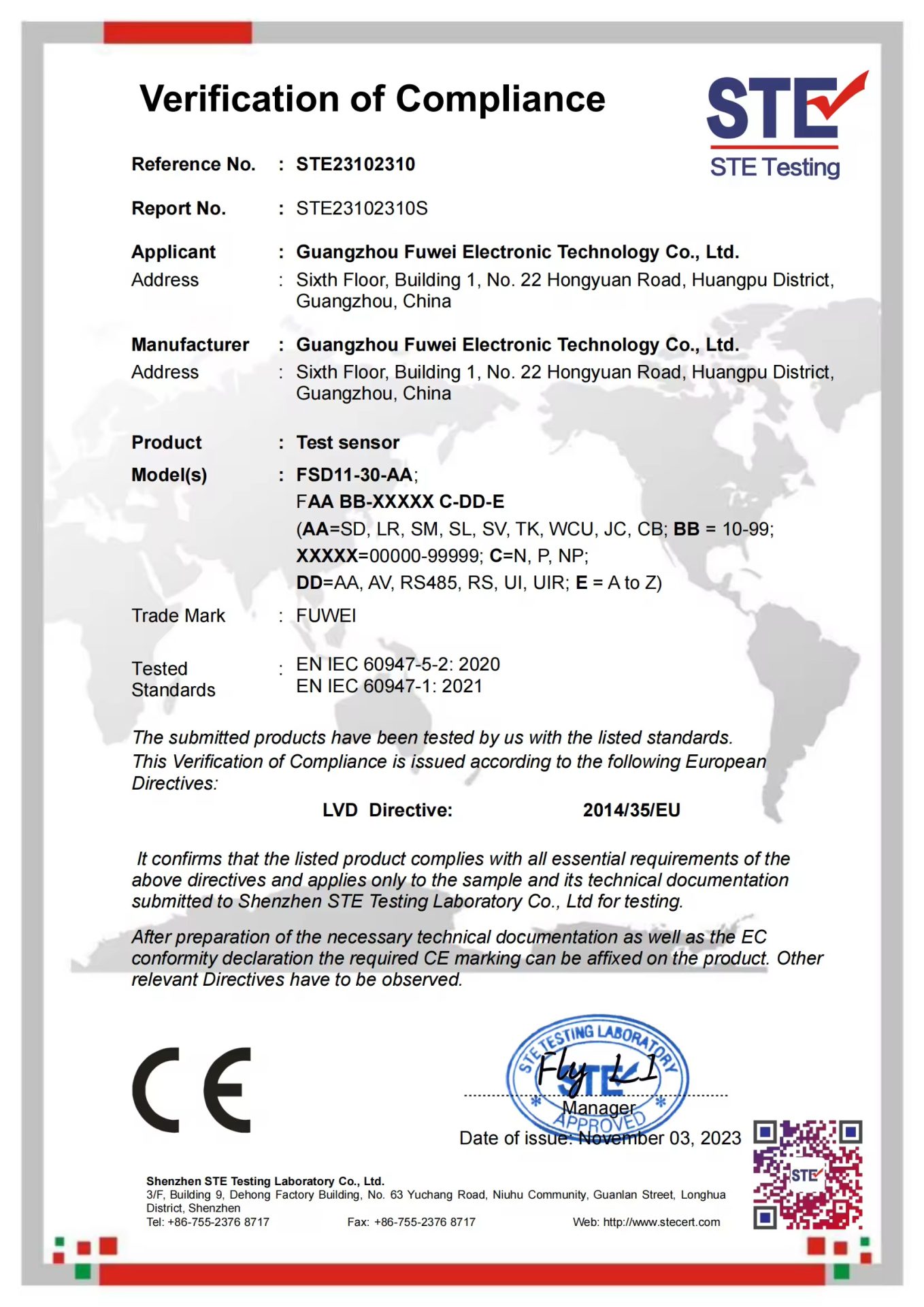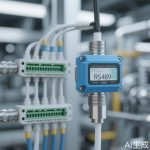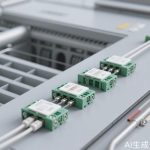In the rapidly evolving landscape of technology, pressure sensors have become indispensable components across a myriad of industries, from healthcare and automotive to aerospace and consumer electronics. At the heart of their functionality lies a crucial attribute: sensitivity. Pressure sensor sensitivity refers to the ability of a sensor to detect and respond to minute changes in pressure, a feature that can make or break the performance of entire systems. As demands for accuracy and reliability soar, understanding and optimizing sensitivity has never been more vital.
Sensitivity is typically measured as the change in output signal per unit change in pressure, often expressed in units like millivolts per kilopascal (mV/kPa) or similar. A highly sensitive pressure sensor can detect even the slightest variations, enabling precise control and monitoring in critical applications. For instance, in medical devices such as ventilators or blood pressure monitors, high sensitivity ensures patient safety by providing real-time, accurate data. Similarly, in automotive systems, sensitive pressure sensors contribute to efficient fuel injection and tire pressure monitoring, enhancing both performance and safety.
The importance of sensitivity extends beyond mere functionality; it directly impacts energy efficiency, cost-effectiveness, and user experience. In industrial automation, sensors with high sensitivity allow for finer control of machinery, reducing waste and optimizing production processes. In consumer electronics, such as smartphones and wearables, sensitive pressure sensors enable features like altitude tracking or gesture controls, enriching the user interface without compromising battery life. As technology continues to miniaturize and integrate, the demand for sensors that combine high sensitivity with compact design and low power consumption is skyrocketing.
However, achieving optimal sensitivity is not without challenges. Factors such as temperature fluctuations, mechanical stress, and electrical noise can adversely affect a sensor’s performance. Engineers and designers must carefully select materials, calibration techniques, and signal processing algorithms to mitigate these issues. Advances in microfabrication and nanotechnology have paved the way for more resilient and sensitive sensors, utilizing materials like silicon piezoresistive elements or capacitive membranes that offer exceptional responsiveness to pressure changes.
Looking ahead, the future of pressure sensor sensitivity is poised for groundbreaking innovations. Emerging trends include the integration of artificial intelligence for adaptive calibration, the development of ultra-sensitive graphene-based sensors, and the exploration of bio-inspired designs that mimic natural pressure-sensing mechanisms. These advancements promise to unlock new possibilities in fields like robotics, environmental monitoring, and personalized healthcare, where extreme precision is paramount.
In conclusion, pressure sensor sensitivity is far more than a technical specification—it is a gateway to enhanced efficiency, safety, and innovation. As industries continue to push the boundaries of what’s possible, investing in and advancing sensitive pressure sensing technology will remain a cornerstone of progress. Whether in life-saving medical equipment or everyday smart devices, the impact of high sensitivity is profound and ever-expanding, shaping a future where precision is not just desired but expected.




Leave a Message